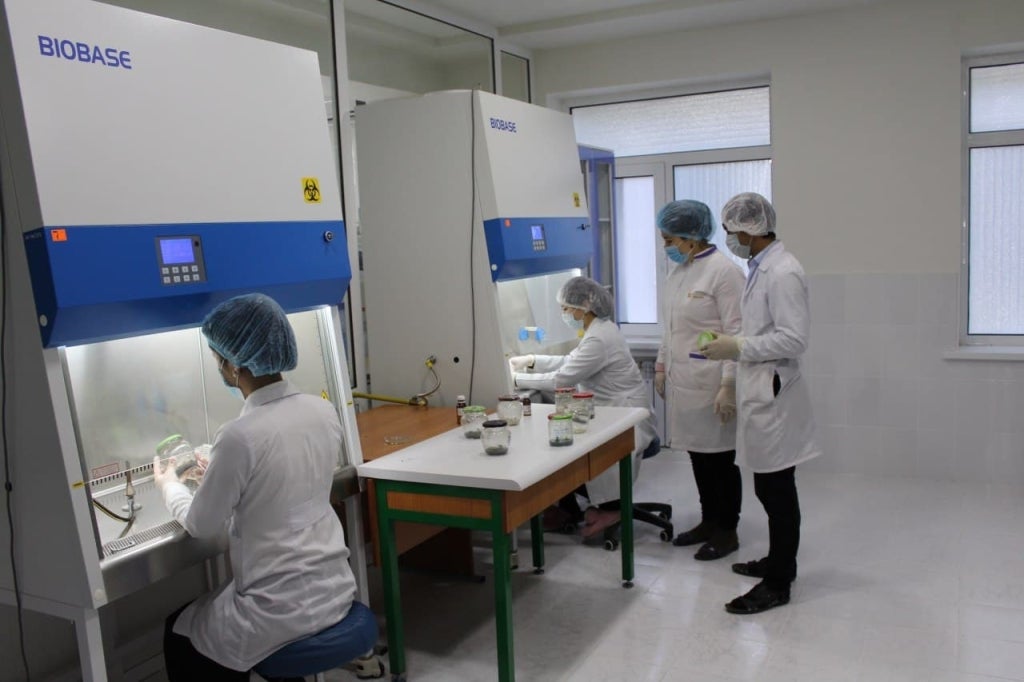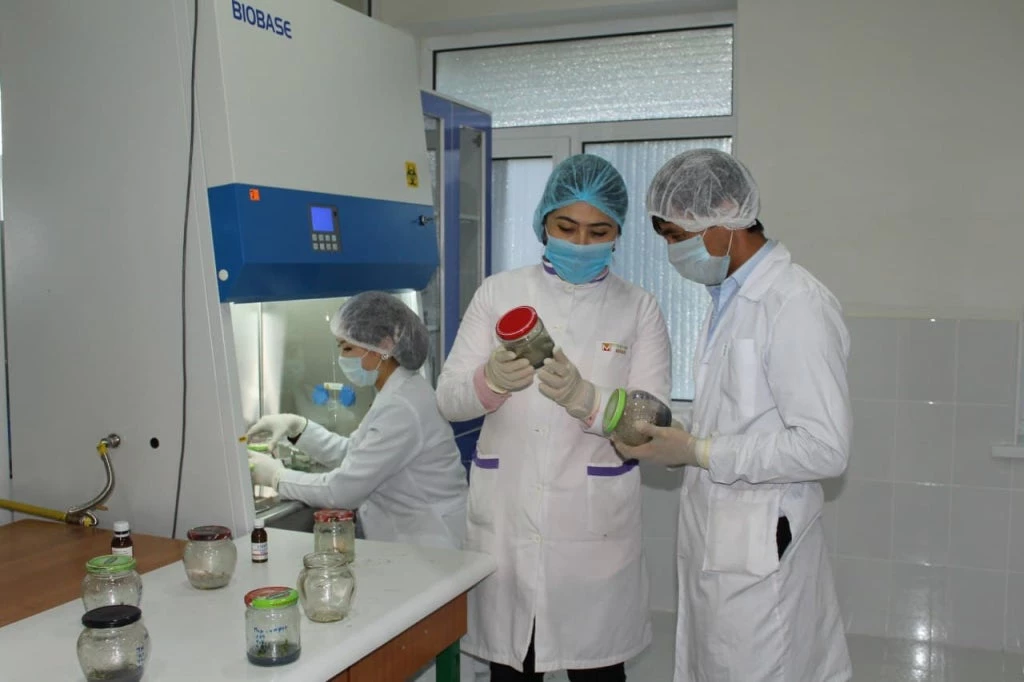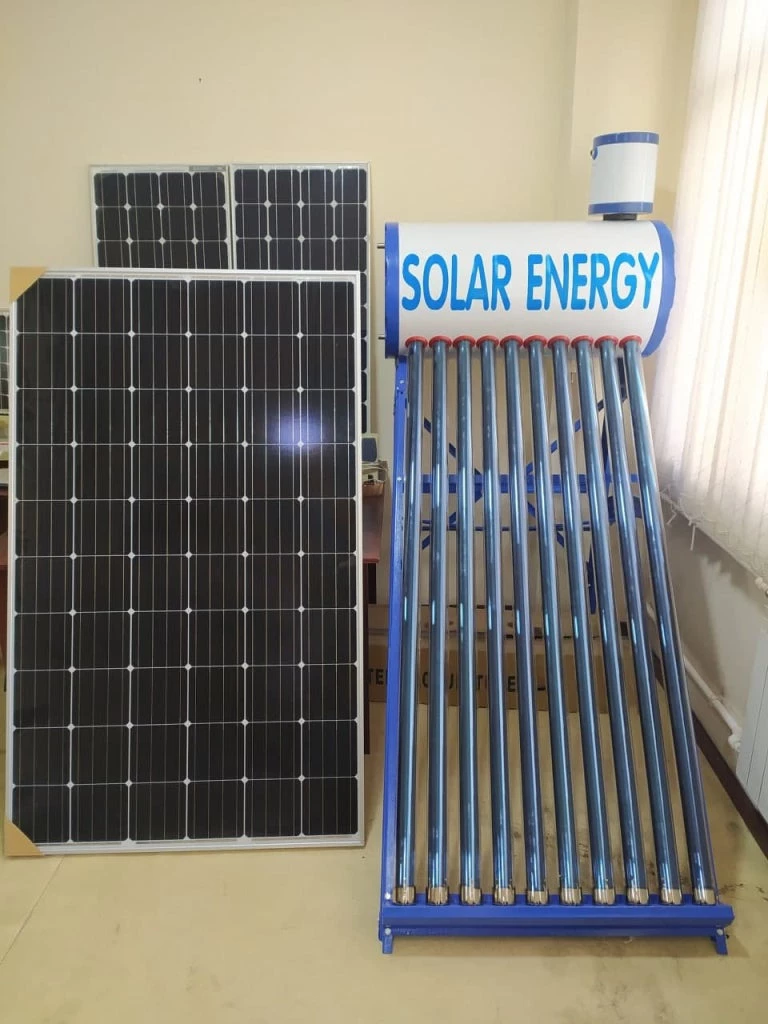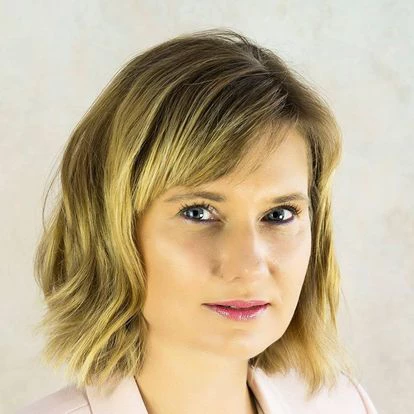 В Лаборатории экспериментальной биологии (Гулистанский государственный университет)
В Лаборатории экспериментальной биологии (Гулистанский государственный университет)
Uzbekistan has embarked on economic reforms to diversify its commodity-dependent economy. The dynamic, high performing economy that is envisaged will require a cadre of highly skilled professionals capable of accelerating technological adoption and increasing productivity across Uzbek industries.
The Government has decided to prioritize higher education reforms in the country’s economic and social development efforts. The goal is to increase higher education enrolment, grant financial autonomy and academic independence to public higher education institutions, provide scholarships to female students and those from socially disadvantaged families, boost international partnerships, increase private sector participation, establish start-up accelerators, and increase research productivity.
The World Bank’s Modernizing Higher Education Project aims to improve quality of the higher education and its relevance to the labor market. One of its key initiatives was the establishment of the Academic Innovation Fund (AIF) to finance innovative projects led by higher education institutions (HEIs) selected through a competitive process. The AIF grant program design followed successful experience of other countries such as Montenegro and Vietnam in which competitive funds ignited the transformation of higher education promoting quality, inclusion, and relevance for the economy. The program design took into consideration the need for modern teaching and research equipment, inclusion and empowerment of female students, and citizen engagement, among others.
In 2019, first projects worth US$4 million were selected and funded by the AIF to support HEIs’ efforts in two strategic directions: (a) strengthening university-industry links, and (b) improving teaching and learning practices within HEIs. Two years into implementation, HEIs report strong university-industry linkages between local and foreign establishments, which, in turn, lead to increased skills transfer opportunities, aligned curricula, and new research partnerships. Specifically, partnerships between universities and the private sector are cited the most. Some HEIs developed modern technological solutions that later have been applied to industry, while other HEIs established branches on the premises of private enterprises for students to gain practical knowledge.
The Gulistan State University leads a project that illustrates a new model for integration of science, education, and production processes in agroindustry which is of strategic importance to Uzbekistan. The project supported the establishment of the first subnational Experimental Biology Laboratory, which specializes in sophisticated analyses of soil, water, plants, and plant products. The project addresses the private sector need for quality certification that enables export of local products. A number of agreements have already been signed with farms from across the country for analysis and certification services. Moreover, several training centers have been established allowing university students and researchers to gain practical experiences.
 |
 |
Photo: Gulistan State University, Regional Experimental Biology Laboratory (Credit: Gulistan State University)
The AIF grants have also encouraged development of new teaching curricula based on international partnerships and modern teaching technologies. For example, a project in renewable energy implemented by the Andijan State University has attracted local and international research and business partners from Germany, China, and Russia. The project is well aligned with Uzbekistan’s Strategy for the Transition to a Green Economy. Through AIF funding, the university set up a semiconductor photovoltaic R&D lab in renewable energy - first of its kind in Uzbekistan. These efforts were complemented by the design and launch of new master and doctoral programs in renewable energy. Uzbekistan, which generates 85 percent of its electricity in thermal power plants, has recently launched its first private photoelectric power plant with a capacity of 100 megawatts with an aim to develop up to 5 gigawatts of solar power by 2030.
These are only a few examples of how AIF projects contributed and supported the establishment of strategic partnerships and industry linkages with international and local partners which are of high importance for a transition economy like Uzbekistan. Supported by the government and the World Bank, the Academic Innovation Fund has enabled higher education institutions to foster innovation through enhanced research, dynamic collaboration, and enabling infrastructure.
 |
 |
Andijan State University, Renewable Energy Laboratory (Credit: Andijan State University)
For the recipients of AIF, it will be important to carefully monitor the results, ensure the projects’ sustainability, align teaching practices and curricula, support faculty exchange, and share know-how with other higher education institutions towards enhanced quality and increased relevance. The fast-paced economic reforms will only increase the demand for skilled labor and will require smart investments to align education and training with the needs of the economy and the labor market.
Here are a few more takeaways to build on the World Bank’s Users Guide, which examines the design and implementation arrangements of similar projects financed by the World Bank across several regions.
- Relevance: Ensure alignment with the national development strategy or sector plan and involve a wide range of stakeholders during design and implementation phase.
- Institutional arrangements: Designate a separate team as part of project management unit to manage and administer the AIF, including monitoring and evaluation, throughout the Project and sub-projects implementation. In the same fashion, a separate set of operational guidelines for monitoring and evaluation of the AIF as part of Project Operation Manual should be developed.
- Flexibility: Introduce timely revisions into AIF operational guide to reflect changing environment or to address impacts of disruptions, such as COVID19 pandemic.
- Implementation support: Carry out a series of workshops with the AIF team, the Bank team, and the AIF recipients during implementation phase to acknowledge and assess implementation progress. During design phase, capacity-building activities should be embedded to institutionalize fiduciary aspects for increased ownership and long-term sustainability.




Join the Conversation